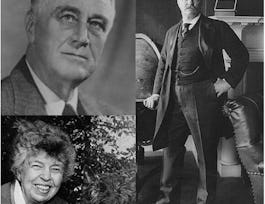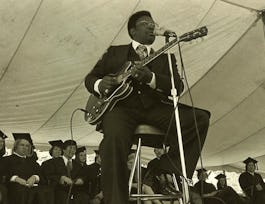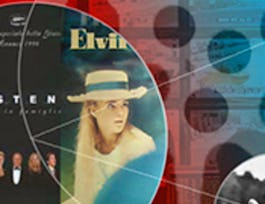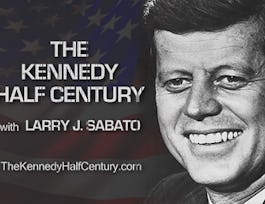This course is a short taster on the topic of the use of Images, Film, and their use in historical interpretation in the 20th century. It is primarily provided for those who have a general interest in history that draws on photojournalism as primary evidence, and films based on historical events.


Film, Images & Historical Interpretation in the 20th Century: The Camera Never Lies
Taught in English
Some content may not be translated
44,749 already enrolled
(352 reviews)
Details to know

Add to your LinkedIn profile
6 quizzes
See how employees at top companies are mastering in-demand skills


Earn a career certificate
Add this credential to your LinkedIn profile, resume, or CV
Share it on social media and in your performance review

There are 6 modules in this course
We will explore the issues associated with the use of images as a source for historical research and consider a number of examples where image manipulation has been uncovered
What's included
7 videos8 readings1 quiz1 discussion prompt
We will review a number of cases studies where images have either shaped our opinion of events or have been suppressed from the public at the time, to avoid adverse or negative reaction.
What's included
8 videos6 readings1 quiz2 discussion prompts
The cause célèbre' of historical manipulation - Joseph Stalin. The 'air brushing' of historical records, and in this case the literal airbrushing of Soviet images in the 1930s and 1940s
What's included
10 videos4 readings1 quiz2 discussion prompts
With respect to Reportage and the use of images as a evidential record, should we condemn Stalin in the last 20th and early 21th century? We use an example from 1993 to illustrate this point.
What's included
12 videos11 readings1 quiz1 peer review3 discussion prompts
The photograph of the raising of the flag at Mt. Suribachi was a Pulitzer Prize winning image, and the base of the film 'The Flag of our Fathers'. We will explore the use of the still and the motion picture to influence our opinion.
What's included
11 videos8 readings1 quiz2 discussion prompts
What is 'Public History'? How do photographs and films with an historical theme shape our awareness of historical events and our memories?
What's included
8 videos2 readings1 quiz1 peer review
Instructors


Recommended if you're interested in History

Universiteit Leiden

The University of North Carolina at Chapel Hill

University of Copenhagen

University of Virginia
Why people choose Coursera for their career




Learner reviews
Showing 3 of 352
352 reviews
- 5 stars
70.73%
- 4 stars
23.57%
- 3 stars
3.40%
- 2 stars
0.28%
- 1 star
1.98%

Open new doors with Coursera Plus
Unlimited access to 7,000+ world-class courses, hands-on projects, and job-ready certificate programs - all included in your subscription
Advance your career with an online degree
Earn a degree from world-class universities - 100% online
Join over 3,400 global companies that choose Coursera for Business
Upskill your employees to excel in the digital economy
Frequently asked questions
Access to lectures and assignments depends on your type of enrollment. If you take a course in audit mode, you will be able to see most course materials for free. To access graded assignments and to earn a Certificate, you will need to purchase the Certificate experience, during or after your audit. If you don't see the audit option:
The course may not offer an audit option. You can try a Free Trial instead, or apply for Financial Aid.
The course may offer 'Full Course, No Certificate' instead. This option lets you see all course materials, submit required assessments, and get a final grade. This also means that you will not be able to purchase a Certificate experience.
When you purchase a Certificate you get access to all course materials, including graded assignments. Upon completing the course, your electronic Certificate will be added to your Accomplishments page - from there, you can print your Certificate or add it to your LinkedIn profile. If you only want to read and view the course content, you can audit the course for free.
You will be eligible for a full refund until two weeks after your payment date, or (for courses that have just launched) until two weeks after the first session of the course begins, whichever is later. You cannot receive a refund once you’ve earned a Course Certificate, even if you complete the course within the two-week refund period. See our full refund policy.




